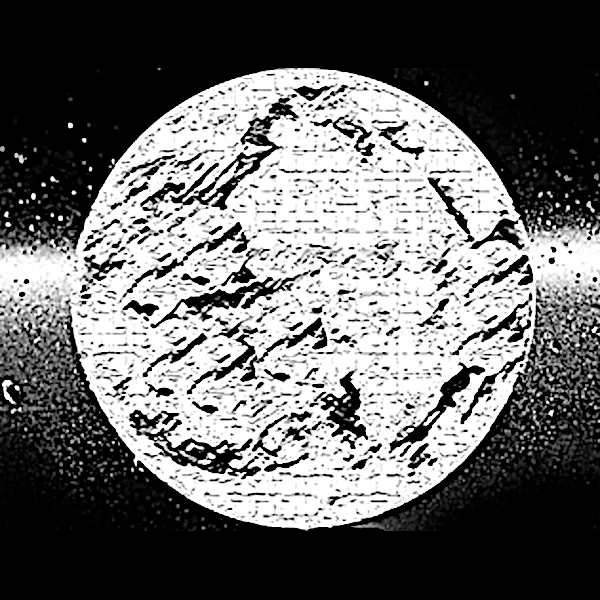
The Little Ice Age refers to a period of climatic cooling that extended approximately from the 14th to the 19th century. During these centuries, average temperatures in the northern hemisphere decreased by 1 to 2 °C compared to current averages. This decline had notable consequences for human societies: famines, migrations, cultural collapse, and increased mortality. However, unlike the great glaciations of the Quaternary, the Little Ice Age is not a glacial period in the strict sense, but rather a relative cooling, localized mainly in Europe, North America, and northern Asia.
Most scientific studies agree on a gradual beginning between 1250 and 1350, with several turning points:
| Approx. Date | Associated Event |
|---|---|
| ~1257 | Eruption of Samalas (Indonesia), abrupt cooling observed |
| 1275–1300 | First glacial signals in the Alps and Andes |
| 1315–1320 | Massive famines in Northern Europe, cold and wet climate |
| 1350–1450 | Consolidation of cooling, low solar activity |
The causes of the Little Ice Age are multiple and result from an interweaving of interconnected natural factors:
Minimal Solar Activity: The Little Ice Age coincides with several solar minima, notably the Spörer Minimum (around 1460–1550) and especially the Maunder Minimum (1645–1715). During these periods, solar activity—measured by the number of sunspots—strongly decreased, reducing the incident solar irradiance. The Sun follows an 11-year cycle (Schwabe cycle), but longer-term variations such as the Spörer (1460–1550) and Maunder (1645–1715) minima indicate a prolonged collapse of solar activity.
Major Volcanic Eruptions: Numerous explosive volcanic eruptions (Huaynaputina in 1600, Laki in 1783, Tambora in 1815) injected enormous quantities of sulfur aerosols into the stratosphere. These particles reflect solar radiation and cause negative radiative forcing.
Modifications of Ocean Circulation: The cooling also seems linked to a disruption of the thermohaline circulation of the North Atlantic. The increase in sea ice and drifting ice may have slowed the convection of the AMOC (Atlantic Meridional Overturning Circulation), reducing the transport of heat to Europe.
Climate Feedbacks: Surface albedo increased (more snow and ice reflecting more radiation), which amplified the initial cooling. Additionally, the internal variability of the climate system (North Atlantic Oscillations, NAO) likely contributed to maintaining harsher winters over certain decades.
By combining all these effects, climate models accurately reproduce the pattern of the Little Ice Age, without any single factor being sufficient to fully explain it.

The Little Ice Age (LIA), although marked by a notable drop in temperatures between the 14th and 19th centuries, cannot be compared to the great glacial periods that have punctuated the Earth's geological history. It is a regional and transient climatic cooling, mainly affecting the northern hemisphere, without leading to a global restructuring of the Earth's climate or biosphere.
For comparison, the Earth experienced, about 750 million years ago, an extreme glacial period during the Neoproterozoic era, often referred to as Snowball Earth. During these events, particularly the Sturtian (717–660 Ma) and Marinoan (640–635 Ma) glaciations, ice sheets may have reached the equator, possibly covering the global ocean with a layer of ice several kilometers thick. Average planetary temperatures then dropped below −50°C.
This type of glaciation results from powerful climate feedbacks, particularly the high surface albedo (ice reflecting solar energy), the depletion of the greenhouse effect, and large-scale changes in the carbon cycle. The exit from these extreme phases is explained by the accumulation of volcanic CO2 over millions of years, causing a massive greenhouse effect.
In comparison, the Little Ice Age represents a short-term climatic oscillation, probably amplified by a combination of natural factors (minimal solar activity, stratospheric volcanism, oceanic oscillations). It never questioned the stability of the major global climatic zones, nor did it cause massive continental glaciation.